How to get rid of black mold?
3 Key Takeaways:
🚀 Black mold, also known as Stachybotrys chartarum, can grow in homes due to high moisture levels, humidity, leaks, floods, and other factors.
🚀 Black mold is a visible form of mold that appears as greenish-black spots.
🚀 Not all mold is black mold and it is important to note that the toxic black mold growth is nothing more than hype created. Removing black mold is as simple as handling any moldy area.
Toxic black mold growth is a definite hazard to health. Carrying out black mold removal during mold remediation can be challenging depending on the extent of the black mold growth. Every homeowner has the fear of having to get rid of black mold or Stachybotrys chartarum at some point in time. High moisture levels, high humidity levels, leaks, floods, and many other reasons can be contributing factors to toxic black mold growth.
In this article, we will discuss how to get rid of black mold and how to prevent mold spores, and the mold problem using household cleaners. Mold allergies and black mold poisoning can become a big health hazard when taken lightly. Let us learn more about removing mold.
Don’t panic. It is important to note that not all mold is black mold
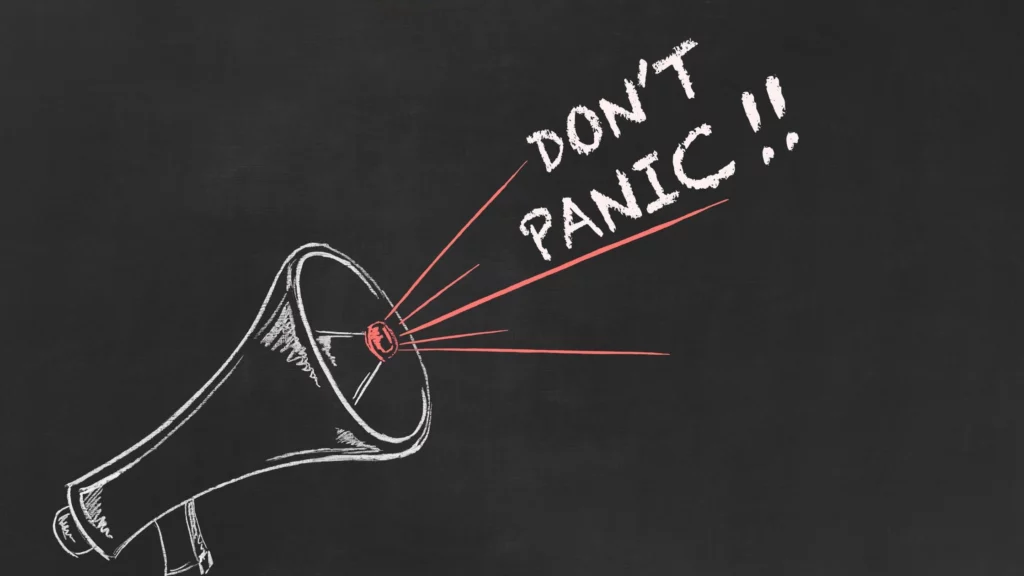
It is important to remember that the toxic black mold growth is nothing more than hype created. When you notice that there is a mold problem at home it is important to stay calm and take measures to limit the black mold exposure and concentrate on mold remediation.
Not all mold is black mold. You can identify black mold spores and their growth as greenish-black mold spots. If you notice moldy areas in your home with greenish-black mold spots, don’t panic assuming that the toxic black mold will cause excessive damage. It is true that one must try all means to fight mold and to remove mold spores and all traces of its growth at the earliest. However, it does not mean that black mold is more toxic or dangerous to be dealt with. Removing black mold is as simple are handling any moldy area.
Understand where black mold thrives in your home and why and remove black mold thoroughly before the allergic reactions start to surface. You can fight mold and any moldy area with ease using chemical mold repellents or even other household cleaners. The Environmental Protection Agency and World Health Organization suggest many ways to practice disease control when it comes to allergic reactions.
Is black mold a visible form of mold?
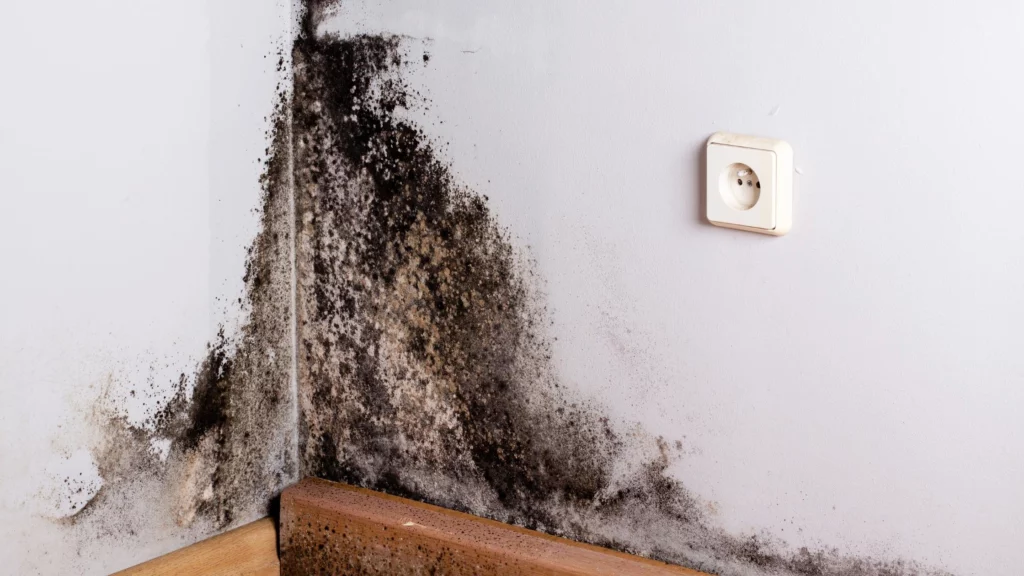
Yes, black mold is a visible form of mold. You can see it as greenish black spots. Mold spores cannot be easily spotted by the naked eye but the moldy areas are easy to find. The affected area can be associated with humid areas in and around the house..
You can carry out the mold removal process by yourself by using chemical repellants or other household cleaners like tea tree oil, chlorine bleach solution, baking soda, grapefruit seed extract, hot water, and distilled white vinegar, hydrogen peroxide, etc.
Each of these has natural fungicide properties that can prevent mold growth and mold spores from proliferating further in the affected area. You must remember to avoid breathing in mold spores from the affected materials. They must be rid of black mold completely for which getting rid of them is the best option. For in this manner you can keep away health effects and health risks that can aggravate respiratory issues and other allergic reactions.
To minimize black mold exposure while undertaking black mold removal at home you must make use of all protective gear. Rubber gloves, eye protection, a face mask, a disposable towel or an old towel or paper towel, etc., can be used to limit black mold exposure. You can also hang plastic sheeting around the affected area. The plastic sheeting can keep the moisture away. Porous surfaces, crawl spaces, ceiling tiles, or even hard surfaces like furniture, and other surfaces susceptible to damage easily from high moisture levels, high humidity levels, and a moisture source must always be treated with caution. Act immediately on mold remediation when you notice the light stain of Stachybotrys chartarum or black mold begins to grow.
What is the best way to check for black mold?
There are plentiful mold detection kits available in the market that make it easy to identify and confirm mold growth at home. Another simple and quick way of doing this yourself is to make use of a household chlorine bleach solution.

All you have to do is just dab a few drops of the chlorine bleach using a cotton swab or a disposable towel on the humid areas of your home that you suspect or on the visible moldy area. Wait for a few minutes to observe the affected area. If the area lightens it confirms that you have mildew or mold. If you do not observe a change in color and it remains dark, the area has simply accumulated dirt.
First thing you need to do after identifying black mold?
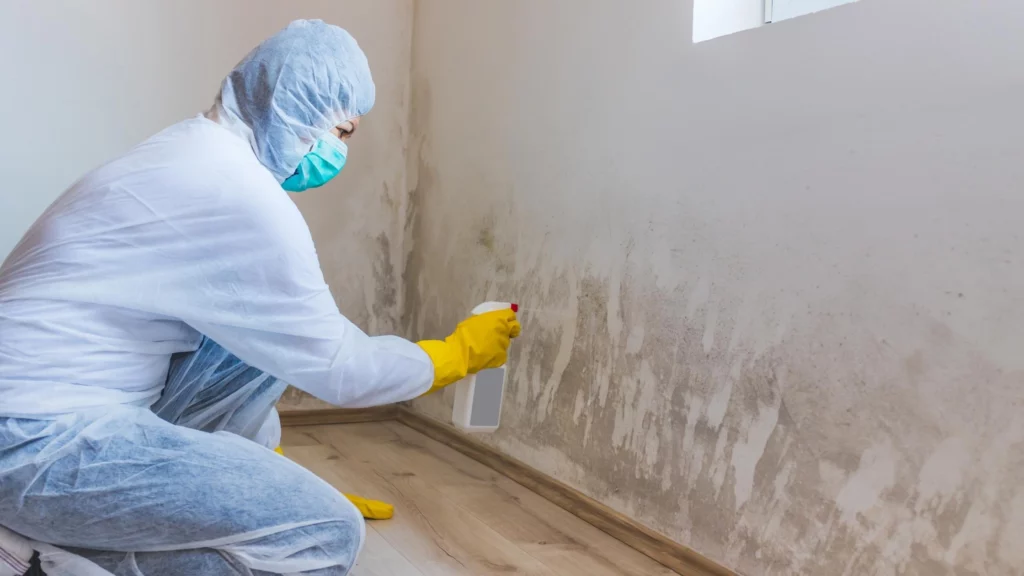
When you confirm that the humid areas, crawl spaces, ceiling tiles, basements, bathrooms, porous surfaces, hard surfaces, or other surfaces of your home are affected by mold, your first focus must be on how to get rid of black mold.
There are many ways to get rid of black mold from affected materials and to prevent mold spores from dispersing. It is important to be consistent in the mold removal process if you want to keep away black mold poisoning altogether. The following is a list of things that will be done for mold remediation, both when done at home by oneself or by a professional.
1. Control moisture levels
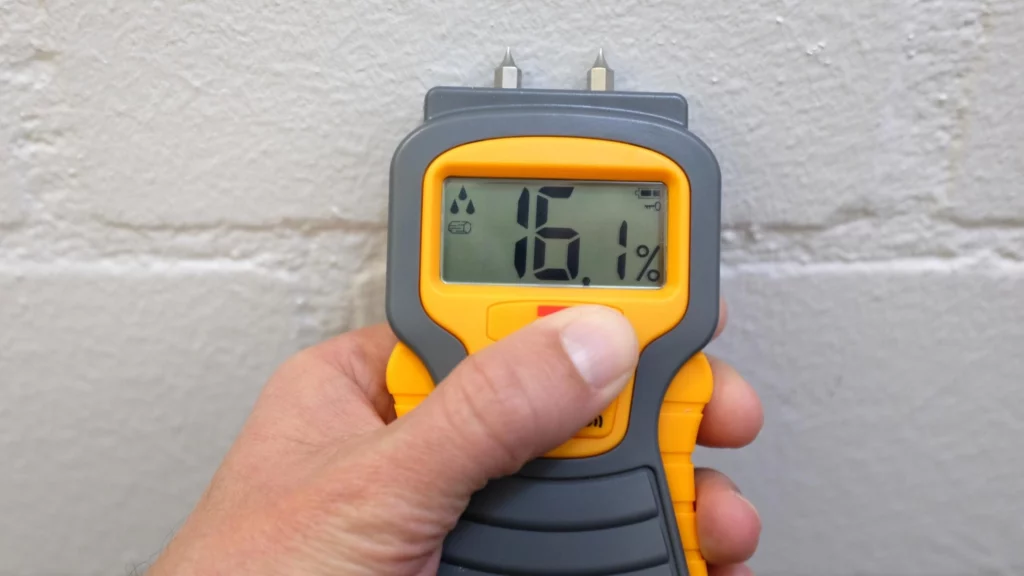
Black mold thrives on moisture sources. To get rid of the black mold you must identify which or where is the source of moisture and eliminate or control it. The Environmental Protection Agency and World Health Organization approve and encourage the use of dehumidifiers that help to keep the air dry and also remove excess moisture from porous surfaces.
2. Ventilation
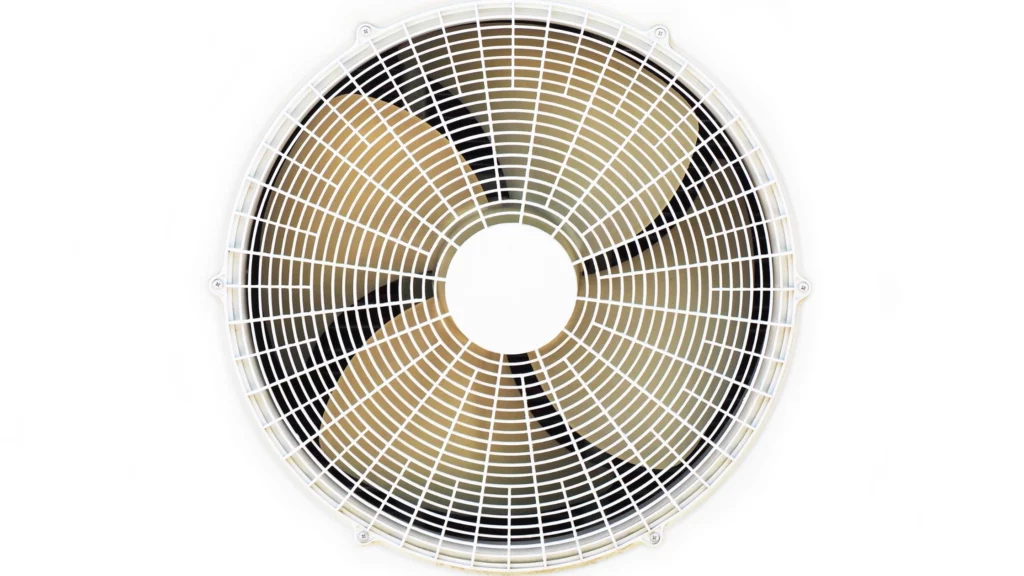
Air conditioners and exhaust fans are also other recommended units along with open windows. Allowing direct sunlight to enter the space (if possible), and also making use of air conditioners and exhaust fans will drive the moisture away and keep the air dry. This is an essential step to removing black mold and also in other disease control.
3. Discard
Discard and replace all the things that have mold growth in them. Reusing items that are beyond restoration might contain black mold spores in them and trigger the mold from spreading again.
4. Chlorine bleach mixture

Small areas of mold damage can be treated by self at home. Mix bleach and water to make a simple but effective solution. Mix one gallon of water with one cup of chlorine bleach. Do not use a spray bottle with one cup of chlorine bleach and one gallon of water mixture. Using a spray bottle over the area can disperse the spores.
Soak a paper towel in the one-gallon water and one cup bleach mixture and gently press over the area. This will prevent mold spores from spreading, unlike a spray bottle.
5. Tea tree oil
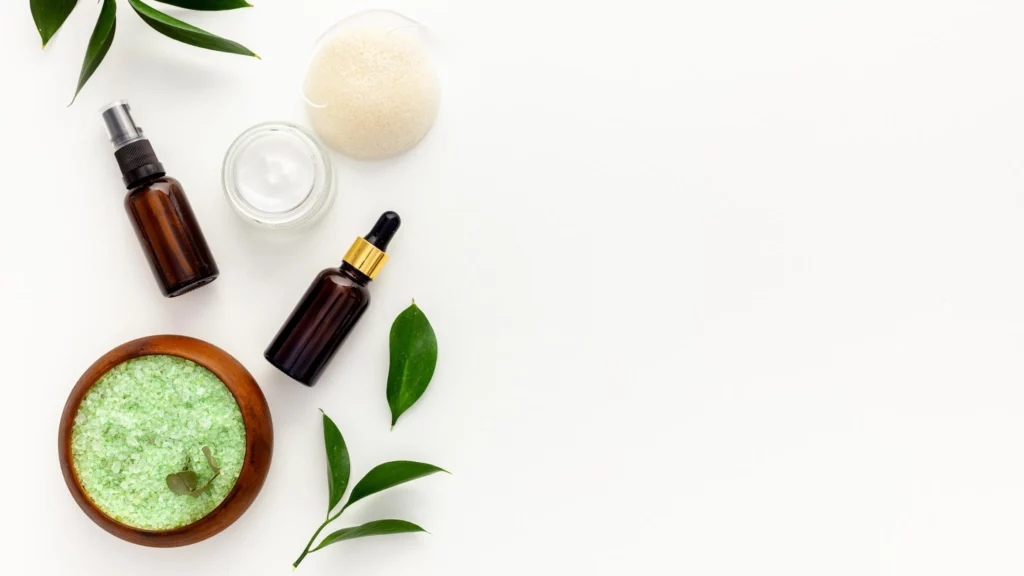
A less corrosive natural fungicide is tea tree oil. A cup of water mixed with a teaspoon of tea tree oil can be mixed in a spray bottle and used on the area. Do not use the spray bottle over the area directly, but soak a disposable or old towel over the area. Wipe off after some time.
6. Baking soda
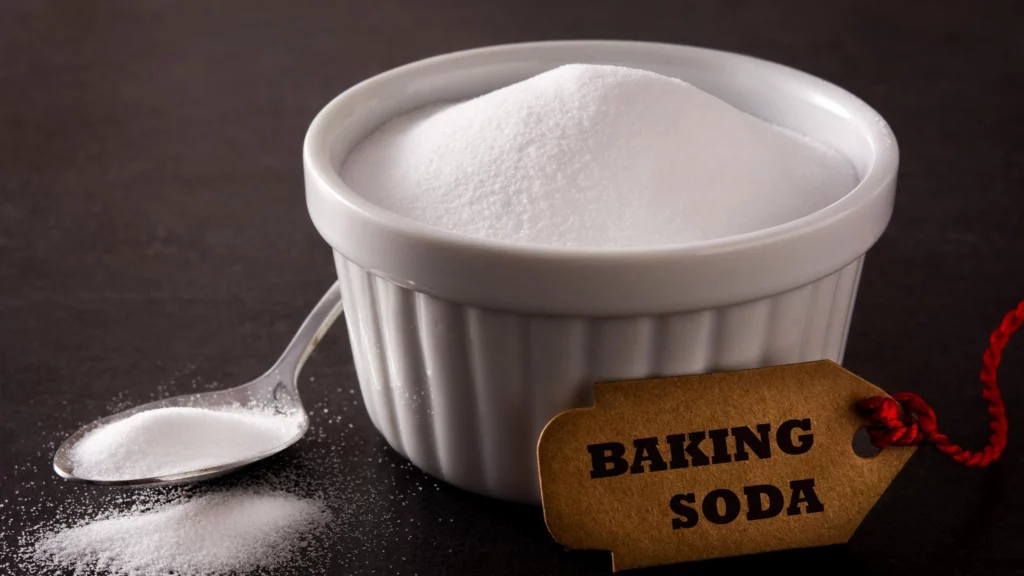
Make a 50/50 solution with baking soda and water to form a paste. Scrub the area using it and wipe it off when dry.
7. White distilled vinegar

Another safe and natural fungicide is white distilled vinegar. On a rag pour the distilled white vinegar and press it over the mold. The distilled white vinegar will kill the mold and make it unfavorable for further growth. Distilled white vinegar can be used in moderation to wipe down possible areas to be affected
8. Grapefruit seed extract
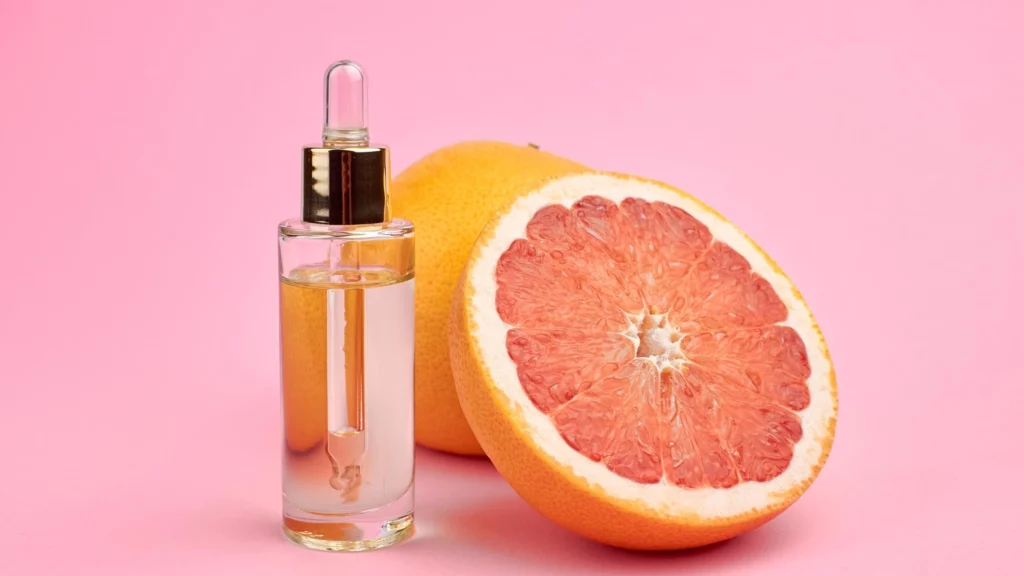
On the list of non-toxic fungicides like tea tree oil, grapefruit seed extract can also be used. Adding a few drops of grapefruit seed extract to water will make it a great solution for black mold removal. Soak a towel in the grapefruit seed extract and water mixture, dab it over the moldy region and wait for a few minutes. Wipe the area clean of the Stachybotrys chartarum.
9. Hydrogen peroxide
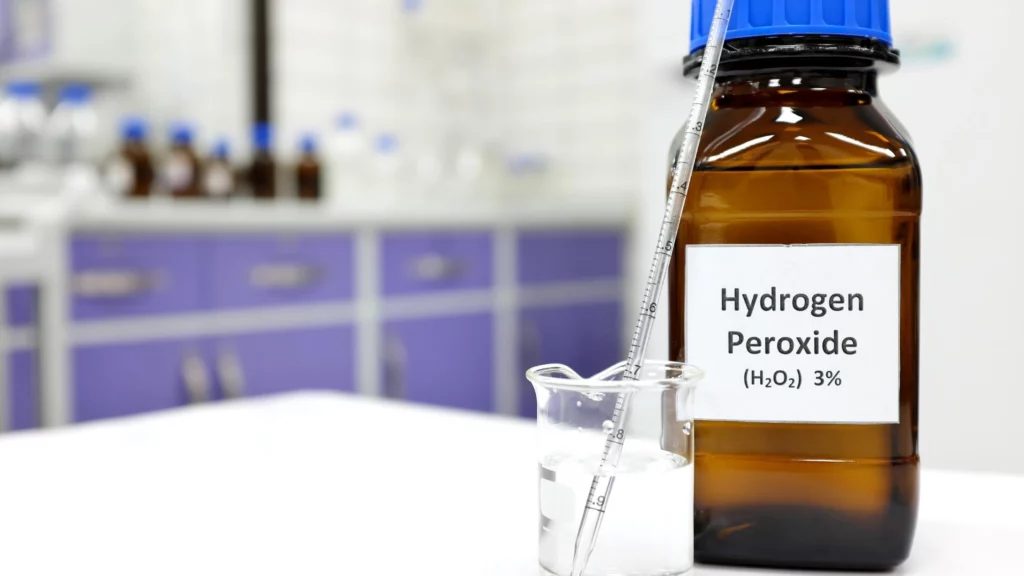
A 3-in-1 home remedy- antibacterial, antiviral, and antifungal is Hydrogen peroxide. Mix together 3% parts of hydrogen peroxide in 2 parts of water into a spray bottle. Hydrogen peroxide is a great agent to remove mold growing on porous materials. You can use the hydrogen peroxide mixture from the spray bottle onto a cloth or towel, and scrub down the mold using an old toothbrush. Hydrogen peroxide is a highly efficient natural fungicide that can stop mold from spreading.
10. Protective gear
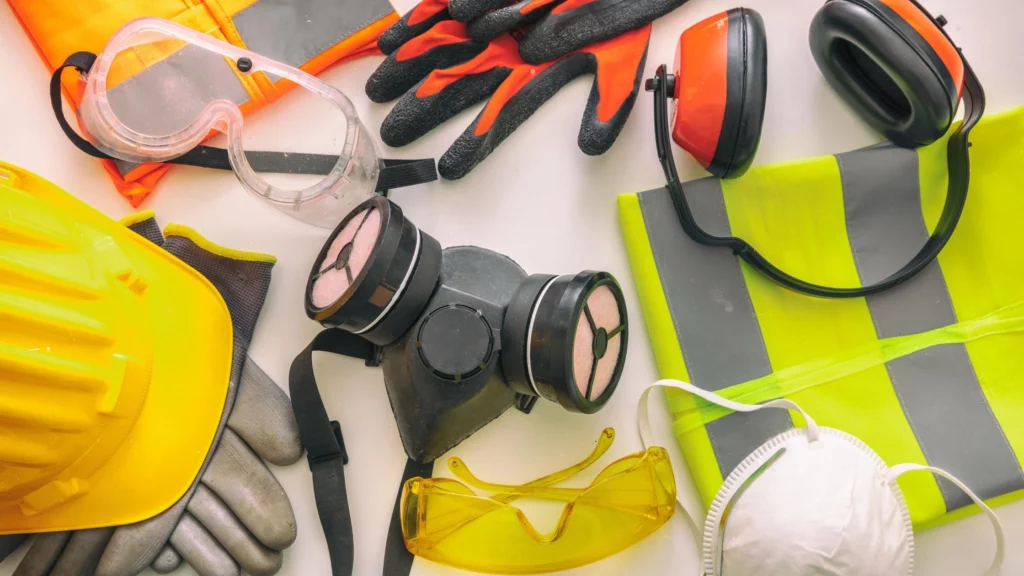
Do not take lightly the importance of protective gear when removing black mold. Environmental Protection Agency and all other health organizations emphasize the use of appropriate eye protection, rubber gloves while handling both natural and chemical products (be it hot water or chlorine bleach, hydrogen peroxide, baking soda, or distilled white vinegar) face mask to avoid respiratory issues from breathing the mold or the fumes from the cleaners (even if it distilled white vinegar).
To keep mold allergies, health risks, and negative health effects away it is mandatory to use eye protection and all other available.
Toxic Mold and Its Effects on Health
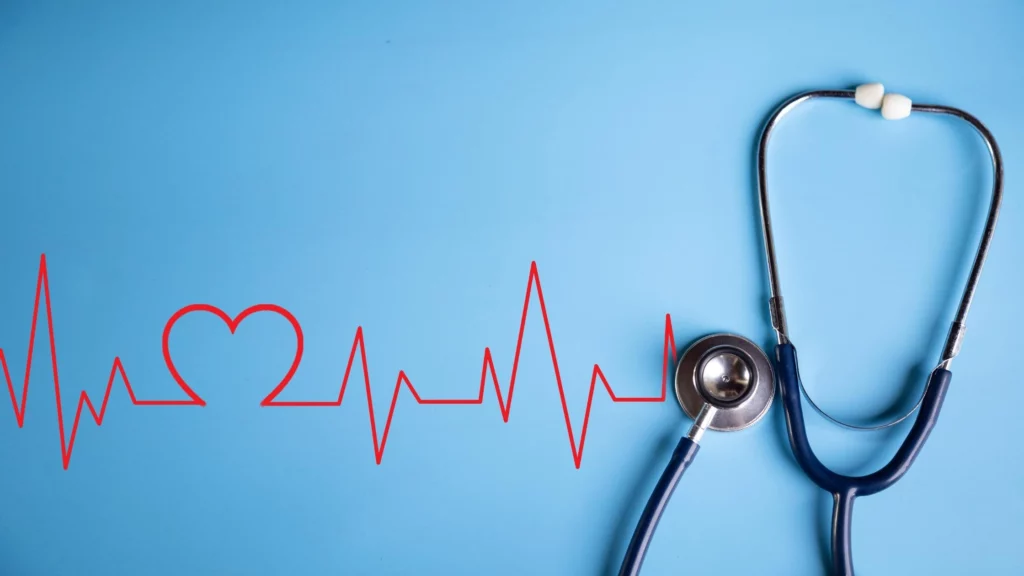
The health effects and negative impact that mold has on people are many. The severity of mold allergy could depend on the extent of the exposure and the immunity resistance of the individual’s body. Some of the common symptoms of mold allergy include; wheezing, skin and eye irritation, stuffy nose, sore throat, fever, shortness of breath, and nausea.
How do you test for mold in your body?
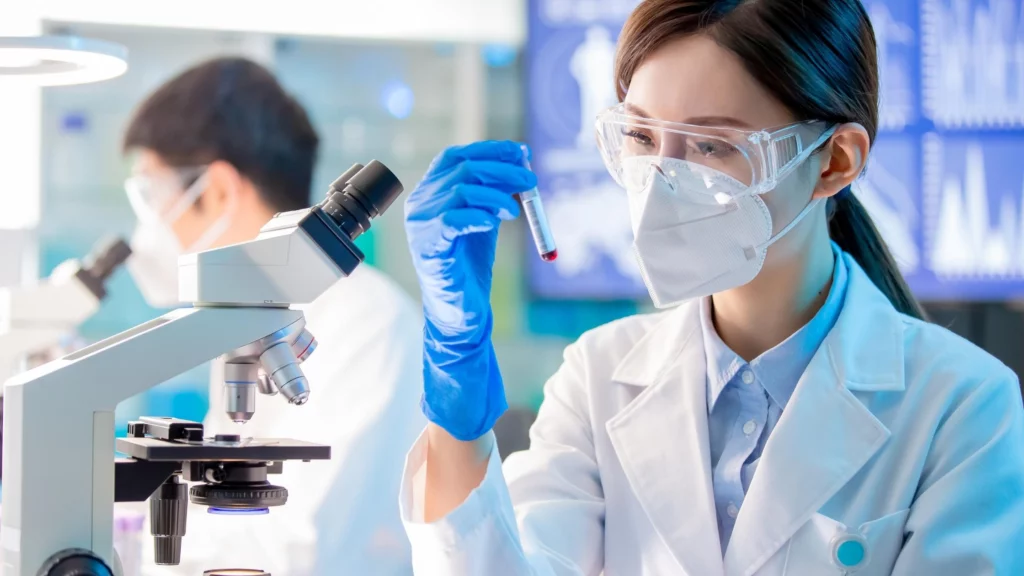
The symptoms of mold allergy can vary from person to person, as aforementioned. A simple blood test to measure the amount of immunoglobulin E (IgE) antibodies can confirm if you have contracted mold. This radioallergosorbent test will detect if your body’s immune system is fighting against mold.
FAQ Section
1. How to get rid of black mold in basement?
Getting rid of mold in the basement can be easy or difficult depending on the size of the basement and the extent of mold damage that has taken place. If the extent of damage is high and it cannot be handled by yourself, reach out to professional mold remediation services.
You can remove and prevent further proliferation of mold by treating the visible growth using chemical and natural cleaners, discarding all the materials that are damaged beyond restoration, and keeping control over the moisture and humidity levels. Investing in the right size dehumidifier will enable you to control high humidity levels and keep the air dry and free from moisture that promotes mold growth in basements.
2. What does black mold smell like?
Black mold often smells musty, sometimes even like rotting vegetables or plants.
3. Does bleach kill black mold?
The Environmental Protection Agency highly recommends not relying on chlorine bleach alone for mold removal. This is because chlorine bleach kills only surface mold. It is incapable of uprooting the problem from the root.
4. Can you stay in house with black mold?
Experts advise that you stay somewhere else until the mold removal process is complete. Loving in the same environment as growing mold is highly toxic and comes with long-term side effects on one’s health.
5. How to clean black mold in shower?
Cleaning black mold in the shower is simple. You can try any of the home remedies mentioned above using distilled white vinegar, baking soda, lemon juice, tea tree oil, and chlorine bleach, to scrub down the area.
6. How do doctors treat mold exposure?
A certified physician will treat mold exposure with medication to treat the symptoms and remove traces of mold from the body. The treatment will include Nasal corticosteroids or nasal sprays that will prevent and treat inflammation in the upper respiratory passage, Antihistamines will help to reduce itching, sneezing, and runny nose, and Oral and Nasal decongestants.
7. How to stop black mold in bathroom?
To stop black mold from growing in your bathroom you can mix bleach with water or distilled white vinegar or baking soda and use them regularly as cleaners while cleaning the bathroom. Portable small dehumidifiers and exhaust fans are excellent options to keep the space and air dry which will discourage mold growth.
We have reached the end of the article. We trust you learned how to get rid of black mold from your home and how to keep your home protected from them. Share with us your experience in removing black mold from your home.
Wrapping Up
We have reached the end of the article. We trust you learned how to get rid of black mold from your home and how to keep your home protected from them. Share with us your experience in removing black mold from your home.

About The Author
Olivia — a self-confessed air quality addict — is a home climate enthusiast, fresh air advocate, and someone with deep personal experience and knowledge about mold extermination. Her work was mentioned in countless notable humidity publications. Previously she was an editor at Mold Remediation.